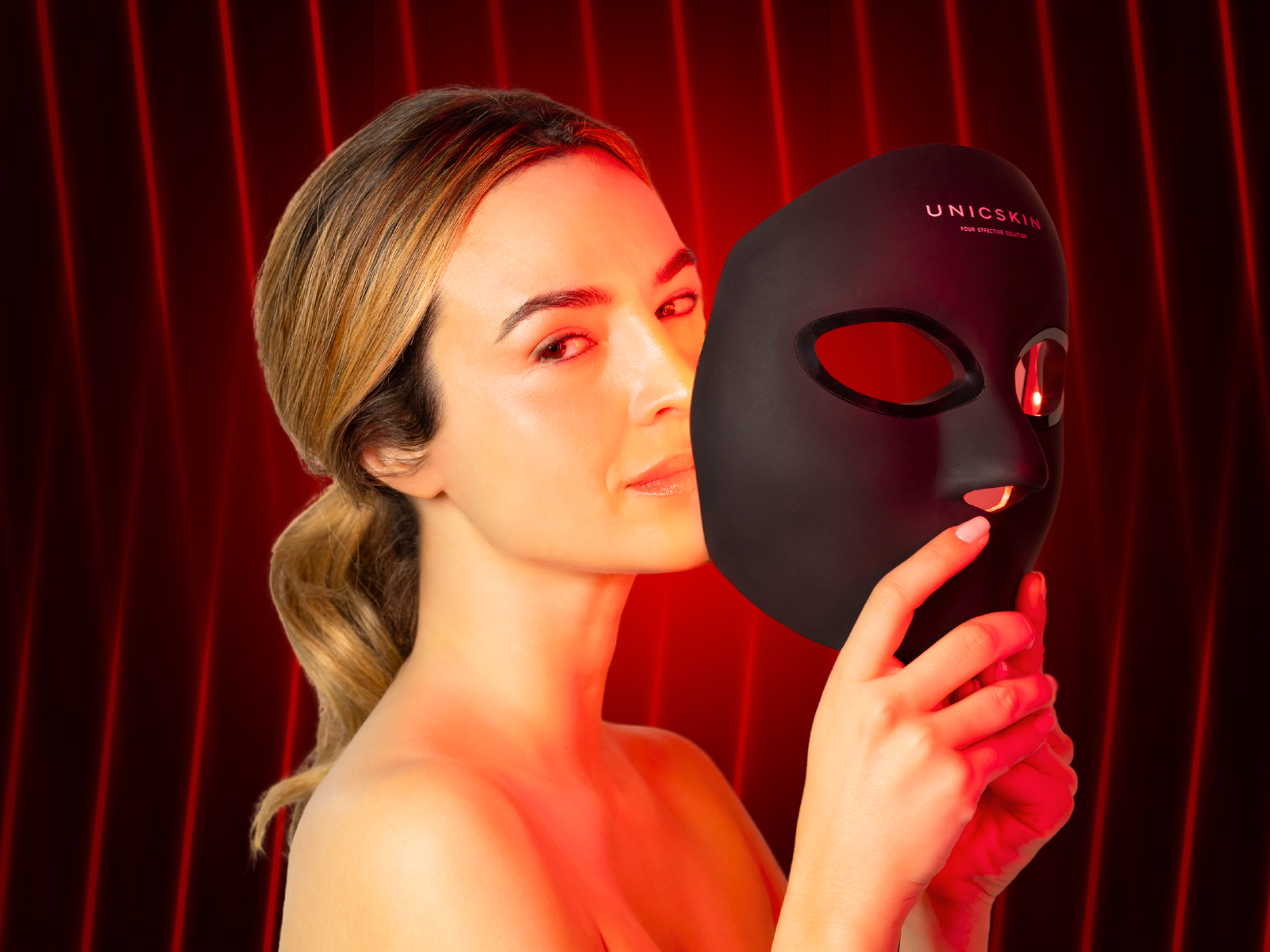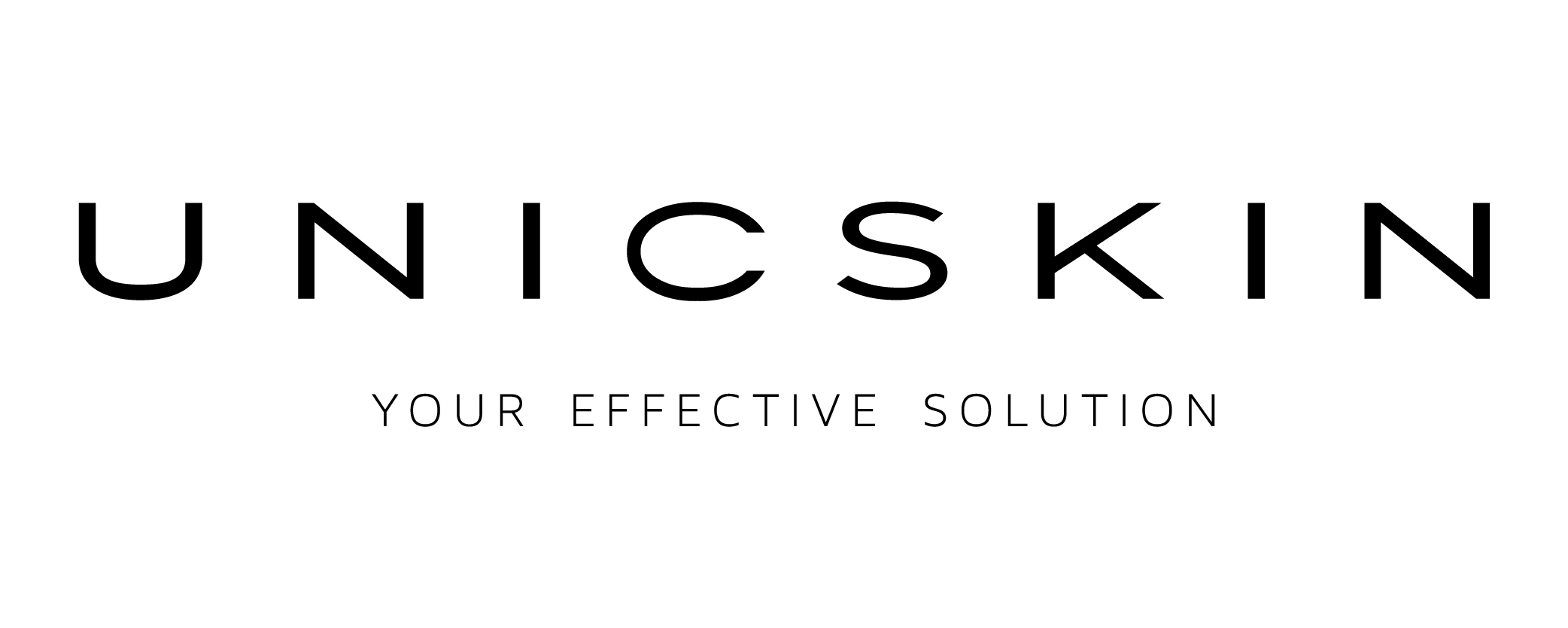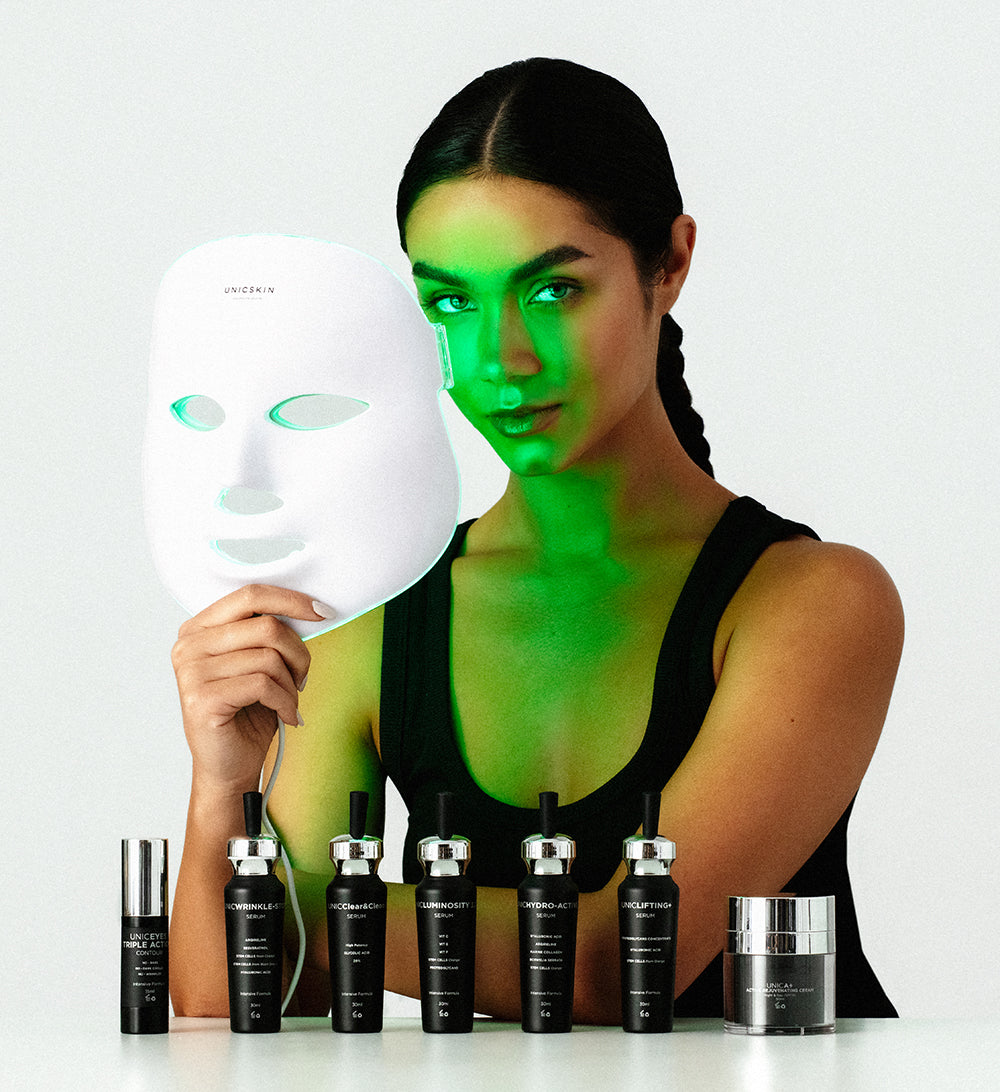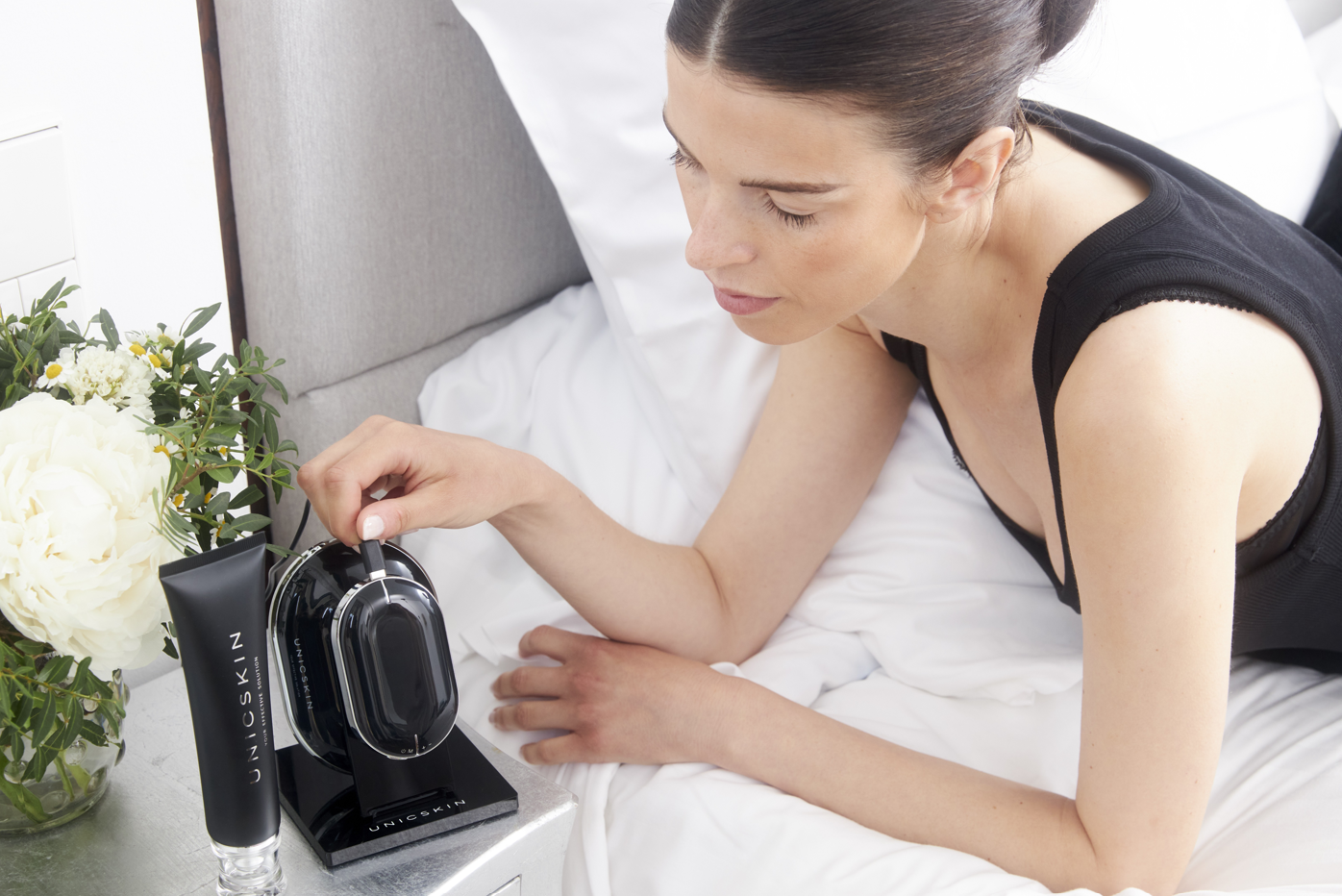
LED Light Therapy: Effective Innovation for Advanced Skin Care
LED light therapy has emerged as a revolutionary solution in the field of dermatological care, offering multiple benefits for skin health and aesthetics. Through the application of different wavelengths, this noninvasive technique effectively addresses various skin conditions and promotes facial rejuvenation.
What is LED Light Therapy?
LED (light-emitting diode) light therapy uses light emissions of different wavelengths to penetrate the skin's layers and stimulate specific biological processes. Each color of light reaches different depths and triggers specific cellular responses, facilitating personalized treatments for various dermatological conditions.
Benefits of LED Light Therapy according to the color of the light
Red Light: Collagen stimulation and wrinkle reduction
Red light, with wavelengths between 620 nm and 750 nm, penetrates deeply into the skin, activating the fibroblasts responsible for the production of collagen and elastin. This increase in the synthesis of structural proteins improves skin elasticity, diminishes the appearance of fine lines and wrinkles, and contributes to firmer, more youthful skin.
Blue Light: Acne-fighting and antibacterial properties
Blue light, which ranges between 400 nm and 470 nm, acts on the superficial layers of the skin, eliminating acne-causing bacteria, such as Propionibacterium acnes. It also regulates sebum production and reduces inflammation, making it effective in treating and preventing acne breakouts.
Green Light: Unifying tone and reducing spots
Green light, in the 520 to 530 nm range, is effective for treating pigmentation problems such as sun spots and discoloration. By inhibiting excessive melanin production, it helps even out skin tone, providing a more even and radiant complexion.
Yellow Light: Improves circulation and lymphatic drainage
Yellow light, with wavelengths between 560 nm and 590 nm, penetrates the middle layers of the skin, stimulating blood circulation and lymphatic drainage. This facilitates the elimination of toxins, reduces redness, and improves cellular oxygenation, contributing to healthier, more radiant skin.
Near Infrared Light: Cellular regeneration and healing
Near-infrared light, which covers wavelengths around 850 nm, reaches the deepest layers of the skin, promoting cell regeneration and accelerating wound healing. Its ability to stimulate mitochondrial activity improves tissue repair and overall skin health.
Celestial Light: Energizing and Cellular Balance
Blue light penetrates at a wavelength of 440 nm to stimulate cellular energy and boost metabolism. This process helps balance the skin, improving its vitality and reducing signs of fatigue.
Purple Light: Rejuvenating and Antibacterial Synergy
Combining the properties of red and blue light, purple light offers a dual action: it fights acne-causing bacteria and stimulates cell regeneration. It's ideal for treating acne scars and improving skin texture with a wavelength of 433 nm.
White Light: Renewal and Luminosity
White light acts on the deepest layers of the skin thanks to its 510 nm wavelength , promoting cell regeneration and improving radiance. It is effective in reducing expression lines and giving the face a more radiant appearance.
Clinical Applications of LED Light Therapy
Acne treatment
The combination of blue and red light has been shown to be highly effective in reducing acne lesions. While blue light eliminates the bacteria responsible for acne, red light reduces inflammation and promotes tissue repair, offering a comprehensive solution for this common condition.
Facial rejuvenation
Red and near-infrared light therapy stimulates collagen and elastin production, improving skin firmness and elasticity. This anti-aging effect reduces the appearance of wrinkles and fine lines, resulting in a younger, healthier-looking complexion.
Reduction of spots and irregular pigmentation
Green light is used to treat hyperpigmentation and dark spots, contributing to a more even skin tone. Its action on melanin helps lighten areas affected by sun exposure or aging.
Relief from inflammatory skin diseases
Conditions such as rosacea, psoriasis, and eczema can benefit from LED light therapy, especially with the use of blue and yellow light, which help reduce inflammation and redness and promote skin healing.
Considerations and recommendations
Before starting LED light therapy treatment, it is essential to consult with a dermatologist to determine the most appropriate protocol based on individual needs. Although it is a safe and noninvasive technique, it is important to use quality devices and follow professional instructions to ensure optimal results and minimize risks.
LED light therapy represents an advanced and versatile tool in skin care, offering effective solutions for a wide range of dermatological conditions. Its ability to stimulate natural cellular processes allows for safe and effective improvements in skin health and appearance, establishing it as a preferred option in modern dermatology.
Advanced Recommendation: UNICLED 5.0 Centurion Korean Mask
For those looking for a comprehensive, professional at-home solution, the UNICLED 5.0 Centurion Korean Mask is a standout choice. Featuring 528 LED lights, 8 wavelengths, and 7 different light types, plus the use of Artificial Intelligence for pre-diagnosis of the skin, this mask treats multiple skin problems simultaneously. Its ergonomic design, wireless technology, and visible results from the first sessions make this mask a must-have in your routine.



